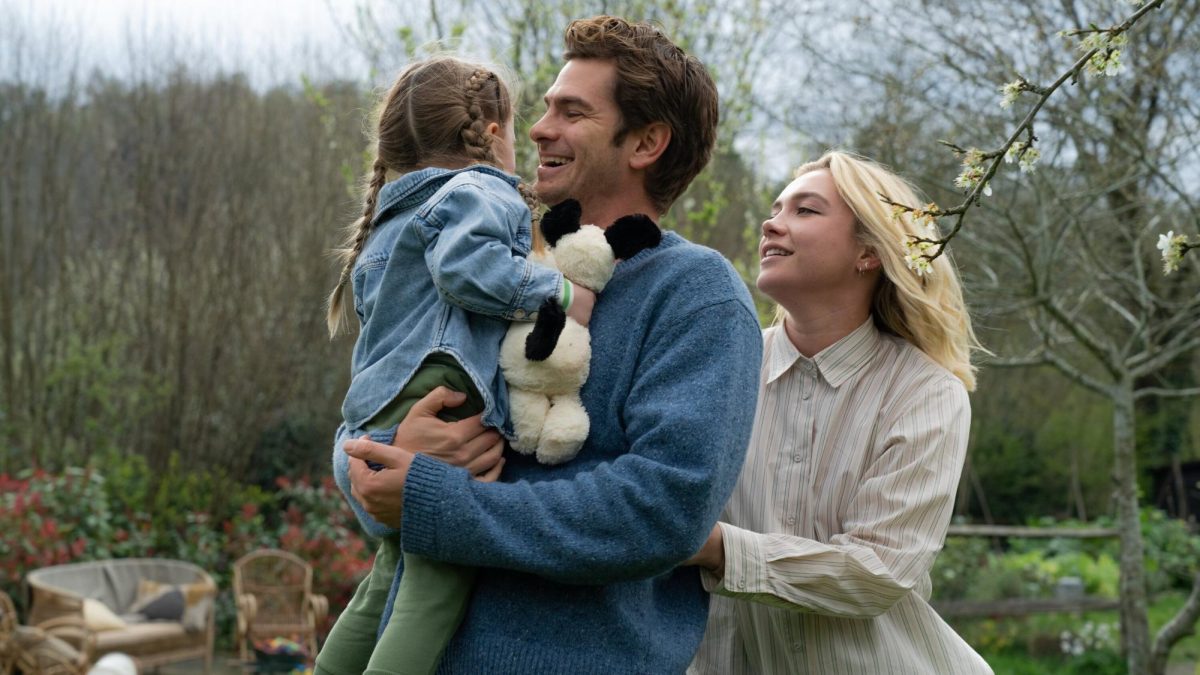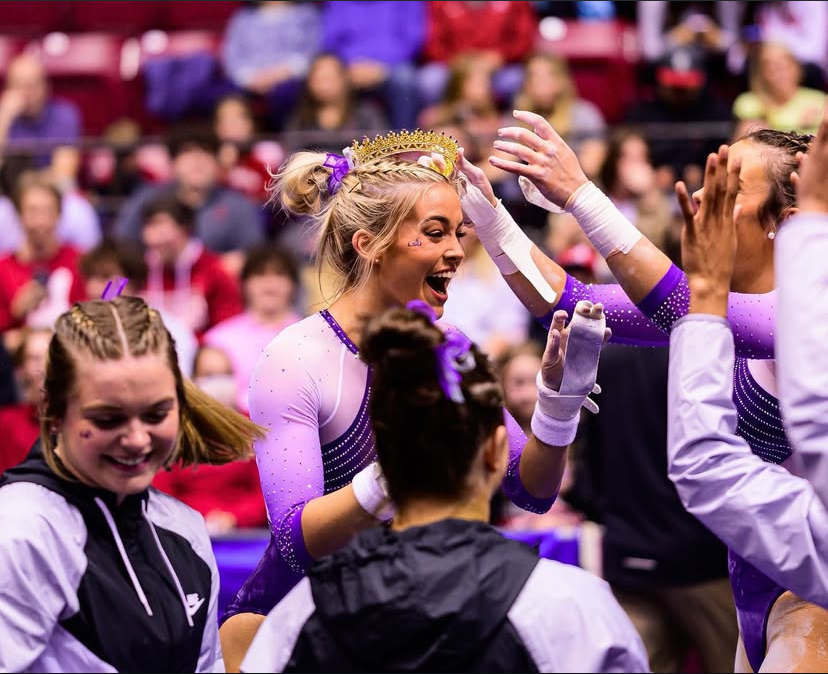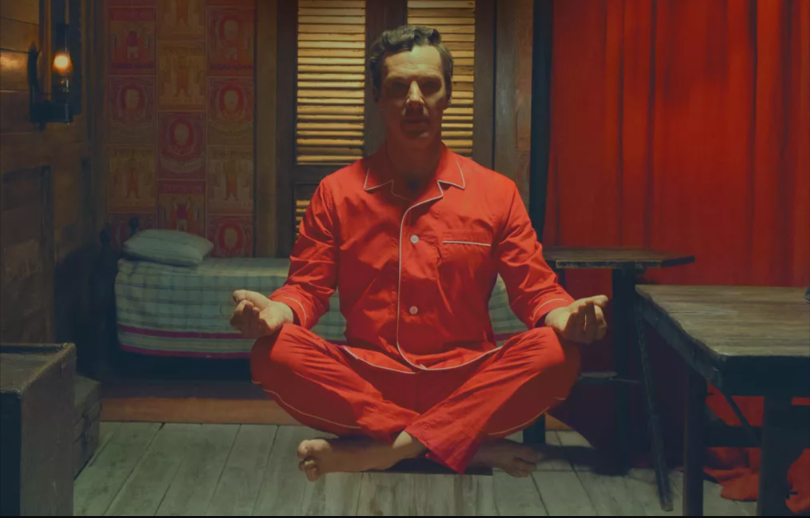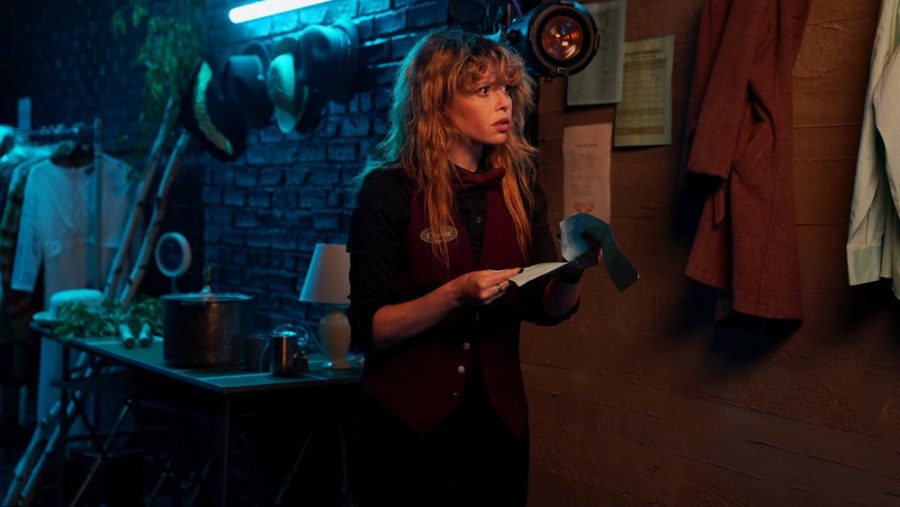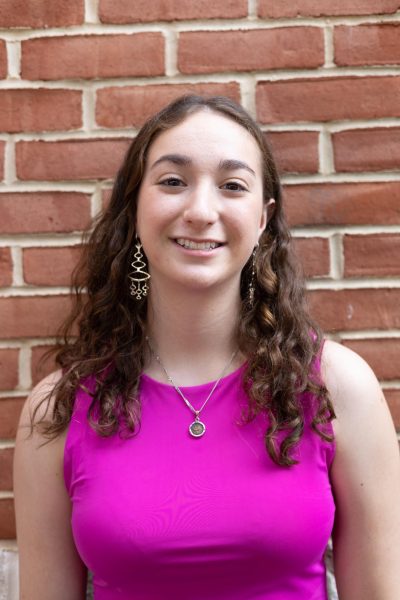In traditional rom-coms, a “meet-cute” refers to the moment introducing two love interests, often in a whimsical, fantastical way. However, their meet-cute for chef Almut Brühl (Florence Pugh) and cereal company representative Tobias Durand (Andrew Garfield) isn’t exactly typical: Almut hits Tobias with her car. As the film progresses, what initially seems like a dreadful interaction becomes a beautiful love affair.
“We Live in Time,” directed by John Crowley, is no simple rom-com. The story follows Almut and Tobias through three timelines in their relationship: their initial meeting, Almut’s pregnancy and Almut’s second cancer diagnosis. Crowley weaves these moments together, creating a web of beautiful, emotional stories.
The film was distributed by A24, a production company known for highly-rated, creative indie movies like “Everything, Everywhere, All At Once” and “The Whale” and for their success in the horror and thriller genres with releases like “Midsommar” and “Bodies, Bodies, Bodies.”
In A24-fashion, Crowley uses non-linear storytelling, where the back-to-back scenes from different times juxtapose each other, comparing and contrasting important moments in the couple’s relationship. From Tobias taking notes beside Almut during her pregnancy to a flashforward of him grasping the same notepad with deep concern following Almut’s cancer diagnosis, Crowley’s use of flashbacks and consistent symbols throughout the movie allows the non-linear storytelling to blend seamlessly.
As expected, Pugh and Garfield give stellar performances in “We Live in Time.” Their chemistry feels natural and believable, and the two actors communicate full conversations through mere glances. Normally, in such dramatic movies and scenes, it is easy for a bad, corny script and obvious acting to take audiences out of the moment and become disillusioned. The point of cinema is to submerge the audience into the tension of a scene, and Pugh and Garfield understand that perfectly, making their arguments and regular conversations feel like the audience is glimpsing into the characters’ lives. The audience is on the edge of their seat waiting for each word, looking to analyze every look and unpack the depth behind both character’s eyes. In their work for this production, Pugh and Garfield fully immersed themselves in their characters, making the well-known actors almost unrecognizable. In this era, a common criticism of Hollywood is the repeated casting of the same actors. While it is easy to see how Pugh and Garfield might be put into this generalization, their acting in this movie proves that they deserve to continue being cast in such well-rounded roles.
While the film’s main focus is Almut and Tobias’ relationship, another plot point is Almut’s career, and how she moves forward with it despite her cancer diagnosis. Throughout the film, viewers see Almut go from an aspiring restaurant owner to the head chef of a Michelin-star institution. Almut signs up for a global chef competition representing England with one of her restaurant’s chefs Jade, played by Lee Braithwaite. Jade and Almut’s relationship from coworkers to loving friends is another joy of the movie. Adding Almut’s career aspirations and determination adds depth to her character, making her an individual not solely defined by her illness or relationship.
While “We Live in Time” is more drama than comedy, that doesn’t discount the subtle humor in the film. Early on, before Tobias meets Almut, he is desperate to sign the divorce papers from his first wife. As Tobias runs through the street in a bathrobe, frantically attempting to get a pen, the weight of his divorce is lightened, but the scene also highlights his desperation. Crowley’s sporadic use of comedy shines a realistic light on Tobias and Almut’s lives, emphasizing that although life comes with many struggles, happiness can be found in each story.
Crowley’s film “We Live in Time” is fantastic and multidimensional. It immerses viewers in a display of the candid beauty of life and love throughout various hardships.



